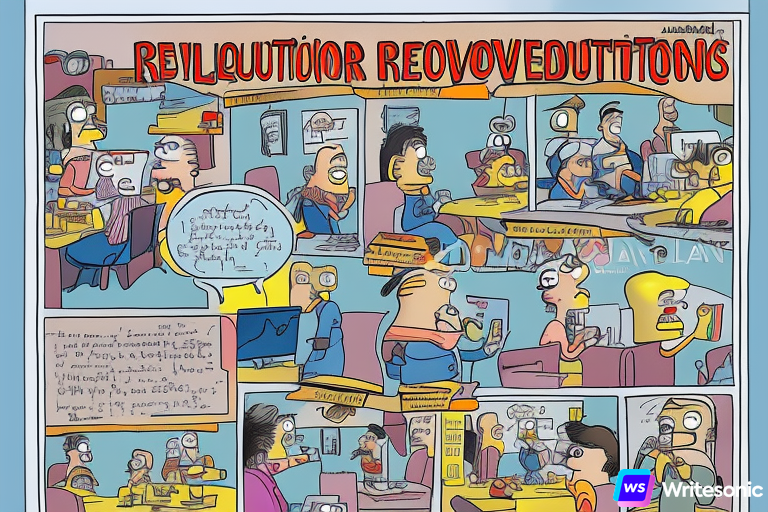Technology and UDL
The essential role of technology in Universal Design for Learning (UDL) is that it enables a teacher to easily offer multiple means of learning. Students can read, watch, interact, and simulate with technology to learn content using their strengths in their preferred learning styles. Digital materials make it possible for the same material to be flexibly presented and accessed—even adapted on a student-to-student basis (Strangman & Meyer 2003).
The National Center of Universal Design for Learning (2016) defines UDL as a set of principles for curriculum development that give all individuals equal opportunities to learn. UDL provides a blueprint for creating instructional goals, methods, materials, and assessments that work for everyone – not a single, one-size-fits-all solution, but rather flexible approaches that can be customized and adjusted for individual needs.
The three principles of UDL are:
1. Multiple means of REPRESENTATION (the what)
2. Multiple means of EXPRESSION (the how)
3. Multiple means of ENGAGEMENT (the why)
The following are example of how technology can be used in the three principles of UDL:
1. Examples of technology used for Multiple Means of Representation (the What) – How can the content of a lesson be presented to reach visual, audio, and kinesthetic learners? What tools are best suited for each student?
a) Books on tape
b) Videos/ Taping Lectures or Lessons/Screencasts
c) Interactive Websites/Virtual Fieldtrips/Timelines
d) Visuals/Posters in various font and picture sizes
e) Charts/Diagrams/Graphic Organizers
2. Examples of technology used for Multiple Means of Expression (the How) – How can a teacher provide options for actions and expression to help capitalize on student strengths not weaknesses?
a) Writing: word processing, audio to text
b) Creating: digitally (PowerPoint, graphic organizers), using photograhy, 3-D design, movie or video production
c) Recording: narrate, digital story, Voicethread, video
3. Examples of technology used for Multiple Means of Engagement (the Why) – How can a teacher spark interest, motivate, and engage diverse learners through the use of technology?
a) Ask students to use the Internet for research
b) Create an ongoing feedback loop with blogging and commenting
c) Ask students to create a digital portfolio.
d) Create online quizzes (quiz banks) to demonstrate mastery and increase confidence.
e) Provide students with choices for online content and tools; PowerPoint, Voice Thread, Glogsters, Animoto, etc…
Top Ten Reasons Technology is Important in UDL…
1. Provides multiple ways for student to engage.
2. Provides students with opportunities to collaborate and share.
3. Provides opportunities to expand vocabulary and resources.
4. Increases important 21st Century skills.
5. Allows for different experiences with online creation tools.
6. Allows engagement in different modes of learning.
7. Fits individual learning styles and/or disabilities.
8. Provides more self-monitoring and student autonomy.
9. Provides more independent learning through exploration.
10. For some students, it is more engaging than paper and books.
Strangman, N., and A. Meyer. Differentiated Instruction and Implications for UDL Implementation. Wakefield: National Center of Accessing the General Curriculum, 2003. Print.
“What Is Universal Design for Learning | National Center On Universal Design for Learning.” What Is Universal Design for Learning | National Center On Universal Design for Learning. CAST, n.d. Web. 28 Sept. 2016. <http://www.udlcenter.org/aboutudl/whatisudl>.


